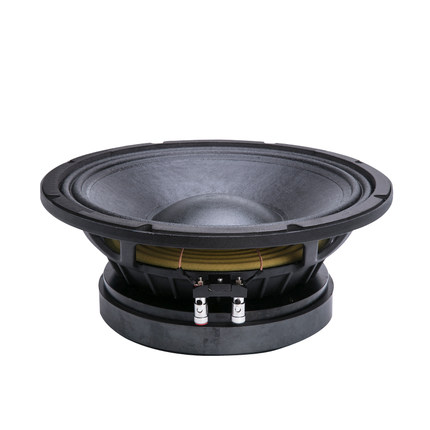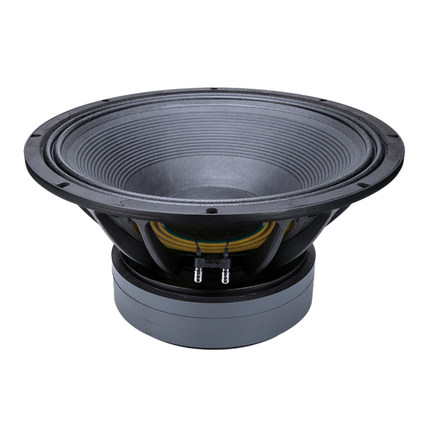How Do I Choose the Best Small Subwoofer?
Several variables need to be considered when you are choosing a small subwoofer. The best speaker choice depends on your particular needs, from the installation location to your musical taste. Some of the most important decisions should be based on the small subwoofer's construction quality.
Subwoofers produce the low-end frequency sounds, or bass, of a song. A small subwoofer must be able to handle harsh vibrations over the life of the product. Consumers should evaluate the construction of the physical speaker, or cone. A quality cone is manufactured with thick and rigid material. Thin and flimsy speaker construction might result in a tear or crack from constant vibration, negatively affecting the bass output.
Another small subwoofer component to analyze is the voice coil. The voice coil produces the motion against the speaker cone, generating the bass sound. A large voice coil is preferable for a stiff speaker cone. The larger voice coil will emanate more volume and vibration across the cone, eventually permeating the space with bass sound.
Voice coils can be single or dual types. Wiring the small subwoofer to a dual voice coil will allow more versatility for other installed components, such as an external amplifier. Many speaker system enthusiasts prefer a dual voice coil over a single voice coil.

Purchasing a small subwoofer typically reflects a consumer's need for a space-saving speaker system, whether it is within a home or small vehicle. Some speaker manufacturers offer integrated amplifiers within subwoofers. A built-in amplifier feature negates the need to install a larger amplifier component.
External amplifiers provide more sound adjustment choices for the speaker. Consumers who are familiar with matching the new subwoofer's power rating with an amplifier can construct a unique and quality sound system. Many electronic stores will gladly help a buyer match his or her components for the best output.
Subwoofer power ratings can be confusing to decipher. Consumers should focus on the root mean square (RMS) value displayed on the speaker's retail box. This power value, such as 150 watts, quantifies the average volume level that the speaker can produce. Peak values normally are advertised as well. They are mainly for marketing purposes, rather than for use as a reliable daily power value.
Subwoofers must be supported by a box, commonly a sealed enclosure for smaller subwoofers. Consumers should visually inspect the enclosure's construction. The wall joints should be firmly sealed. Any loose enclosure parts will translate into the bass output, generating a garbled and unappealing sound quality.
